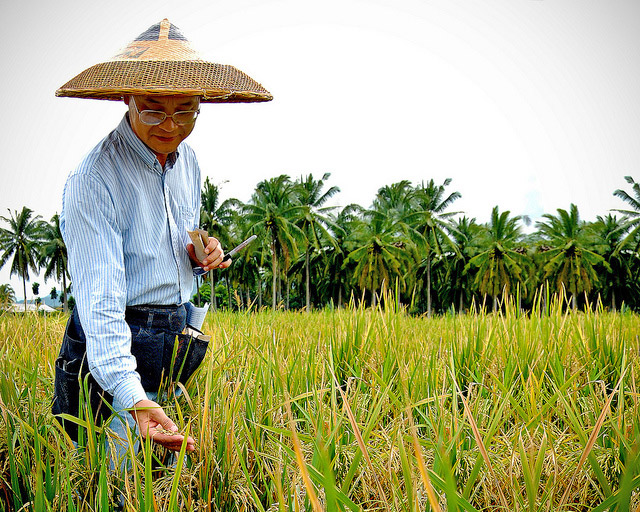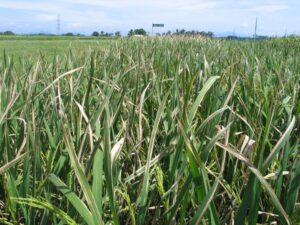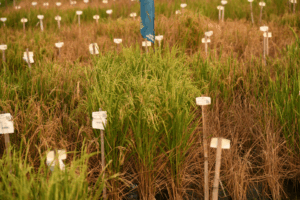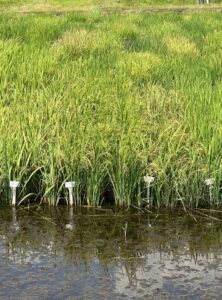
It is fair to say that, without a successful hybrid rice program, China would have struggled to achieve its phenomenal growth that has made it the second-largest economy in the world, let alone successfully feed more than 1.3 billion people. Hybrid rice varieties have allowed the world’s most populous country to attain rice yields of above 6 tons per hectare—one of the highest averages in Asia.
China’s interest in hybrid rice emerged from a famine in the 1960s at a time when failure to boost agricultural production substantially would have led to mass starvation. This investment has also seen the country lead the world in hybrid rice research and development.
The hybrid advantage

Hybrid varieties gain their yield advantage—a successful hybrid must yield at least 15% above a farmer’s best available nonhybrid—through the phenomenon of heterosis, otherwise known as hybrid vigor. In conventional rice plants, each flower contains both male and female organs, allowing the plant to self-pollinate in order to reproduce (inbreeding). Hybrid rice seeds, on the other hand, come from two genetically distinct parents.
One of the reasons why creating viable hybrid varieties was so difficult was that, as it turned out, three breeding lines were required. These are known as the male-sterile line, the maintainer line, and the restorer line (see illustration, and A hybrid history on pages 22-25 of Rice Today, Vol. 6, No. 4). The male-sterile plant does not produce pollen itself, but accepts pollen from other plants. When a maintainer line is crossed with a male-sterile line, the plants obtained (the F1 generation) are also male-sterile; therefore, maintainer lines allow a continuous supply of male sterile seeds. The restorer line, which restores fertility in the F1 generation when crossed with a male-sterile line, is used to pollinate the male-sterile parent and thus produce hybrid rice seeds that can be grown by farmers.
__________________________________________________________________________________________










